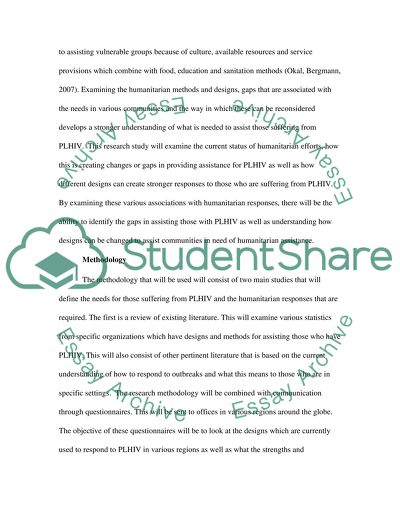Cite this document
(“HIV in Humanitarian Contexts Essay Example | Topics and Well Written Essays - 2500 words”, n.d.)
Retrieved from https://studentshare.org/other/1428710-hiv-in-humanitarian-contexts
Retrieved from https://studentshare.org/other/1428710-hiv-in-humanitarian-contexts
(HIV in Humanitarian Contexts Essay Example | Topics and Well Written Essays - 2500 Words)
https://studentshare.org/other/1428710-hiv-in-humanitarian-contexts.
https://studentshare.org/other/1428710-hiv-in-humanitarian-contexts.
“HIV in Humanitarian Contexts Essay Example | Topics and Well Written Essays - 2500 Words”, n.d. https://studentshare.org/other/1428710-hiv-in-humanitarian-contexts.


